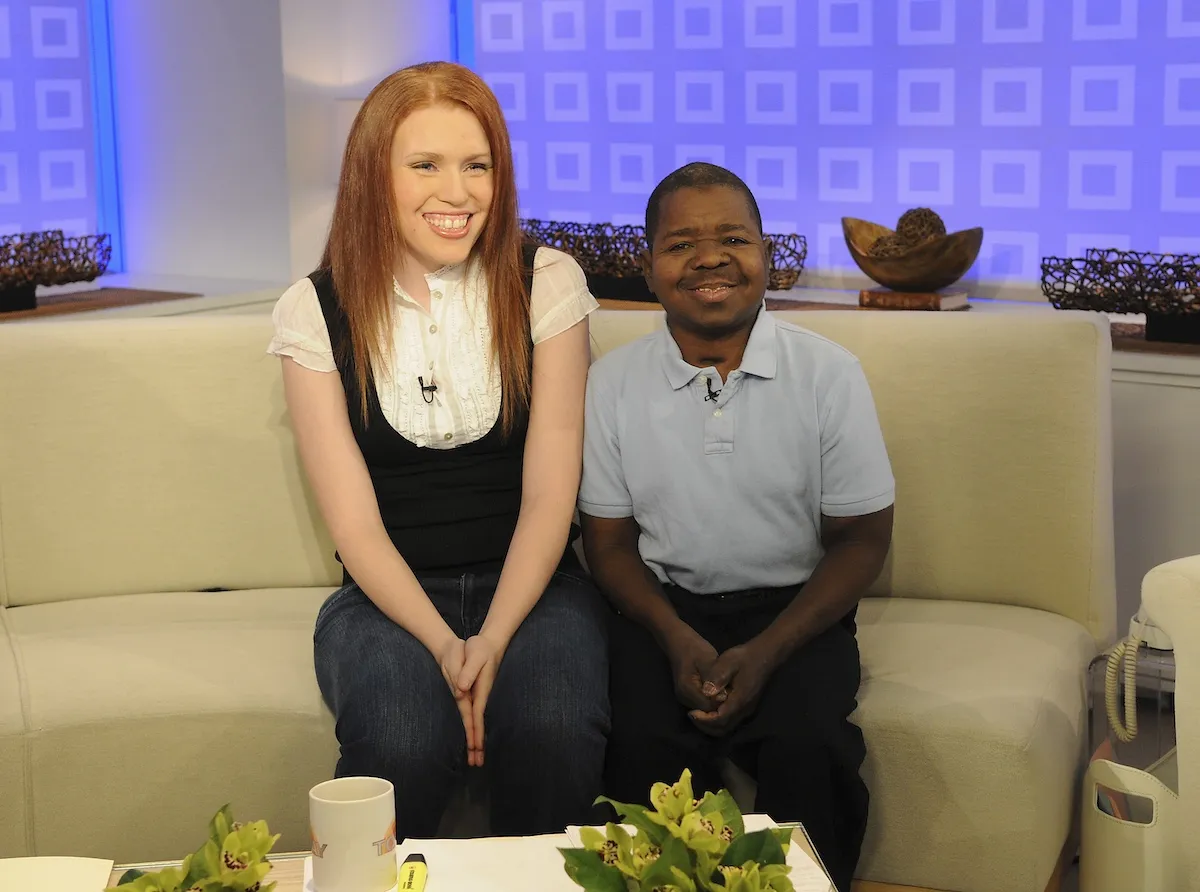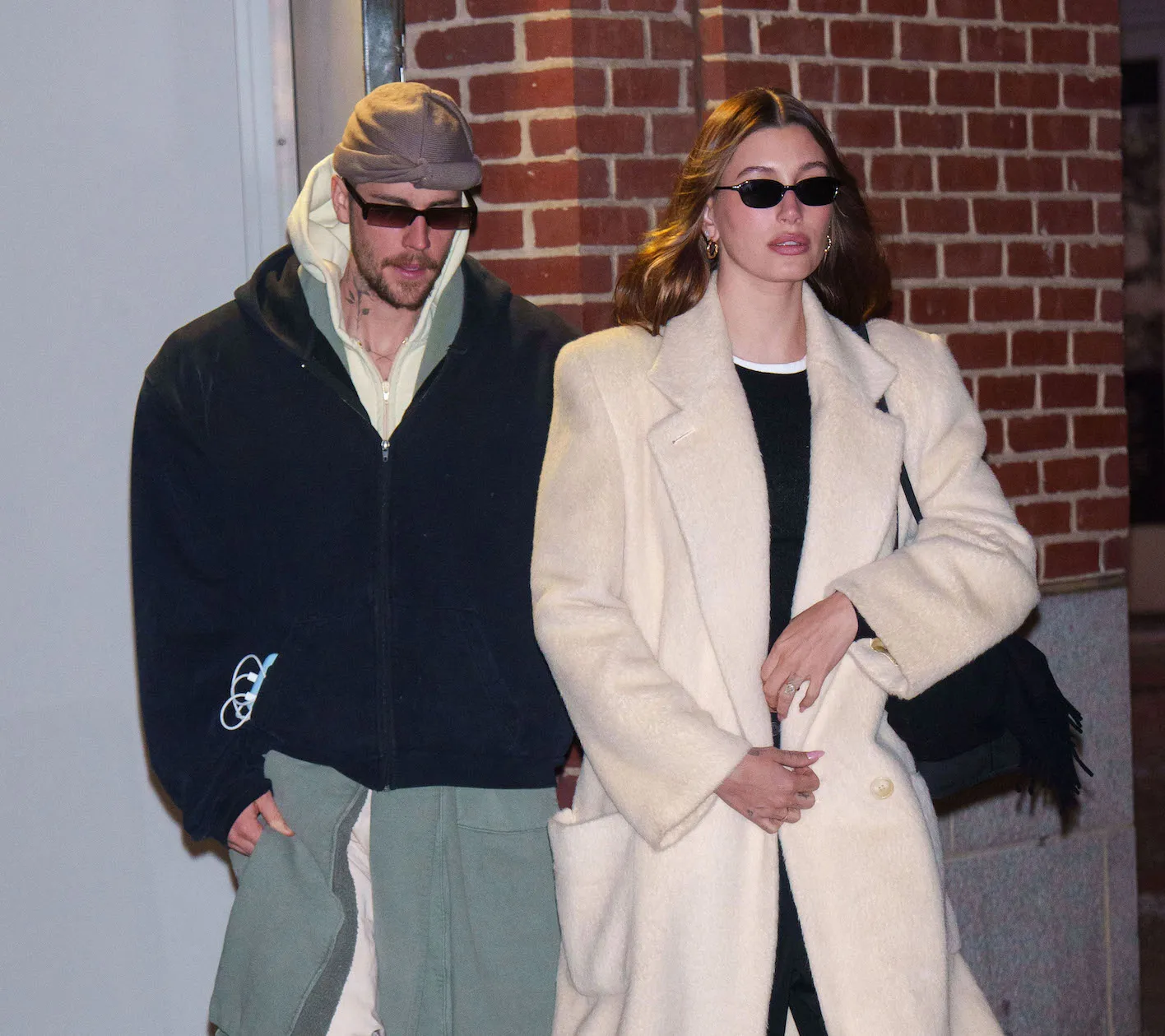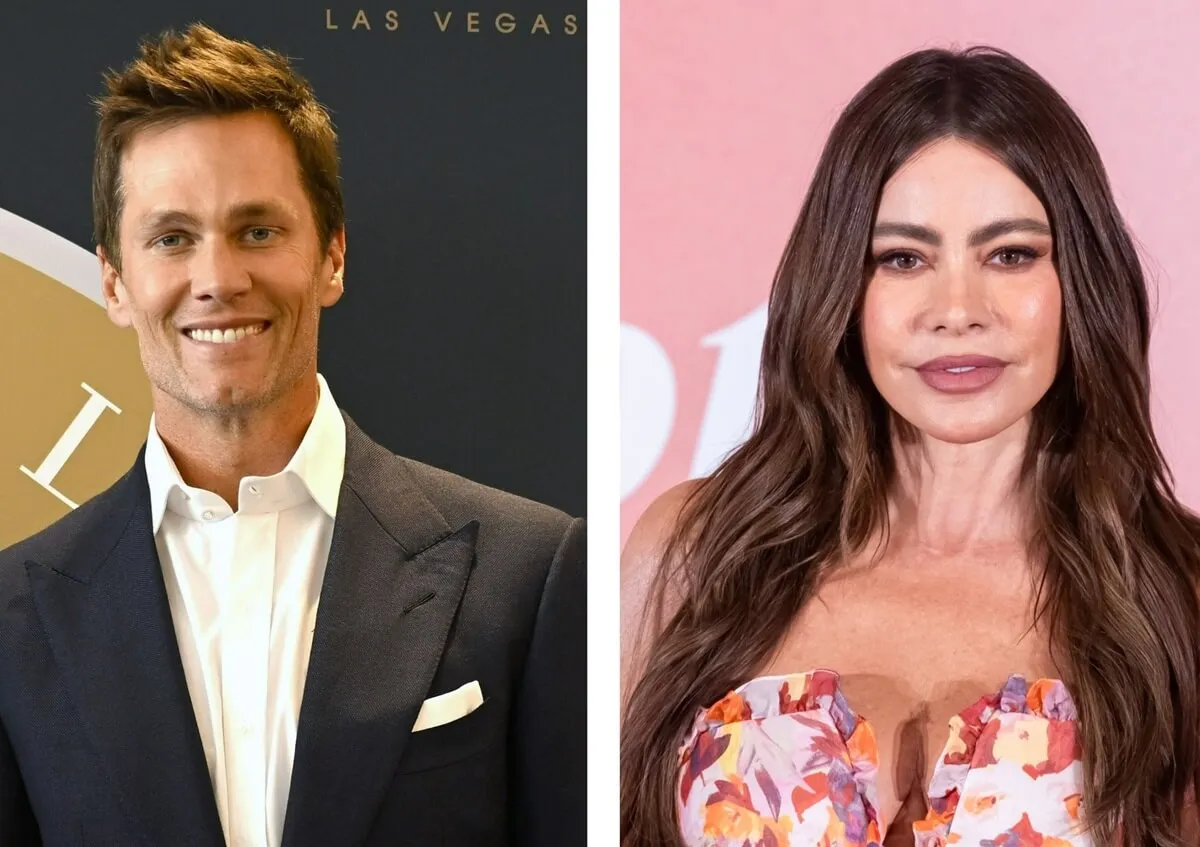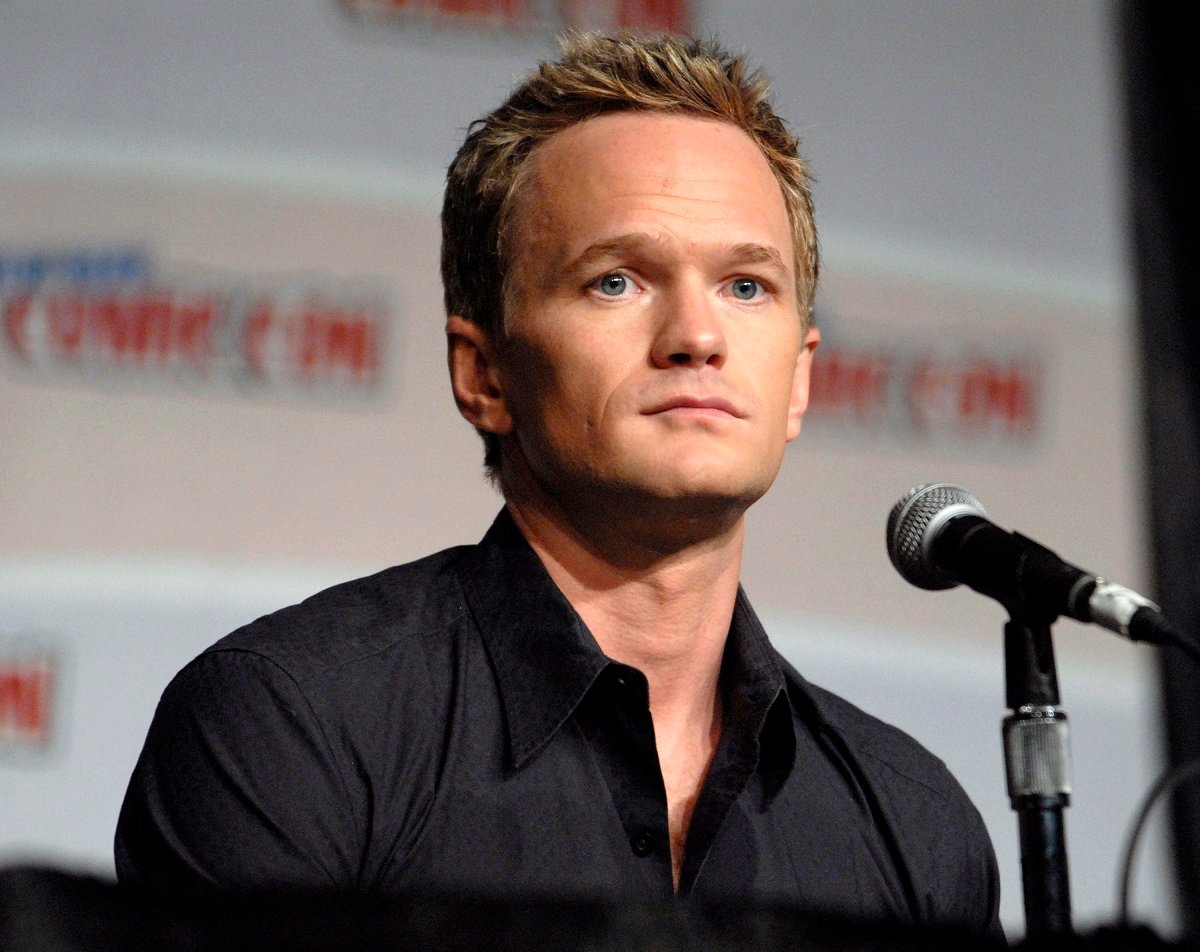
Neil Patrick Harris Had 1 Demand Before Signing On to ‘Harold & Kumar Go to White Castle’
Neil Patrick Harris’ cameo in Harold & Kumar Go to White Castle is a prime example of how to implement a celebrity cameo. Harris’s brand, both as a child star and in more recent roles, is generally affable even when playing an antagonist. So seeing him as an ecstasy-propelled maniac in a well-made stoner comedy was pleasantly jarring. The actor talked about the requirements he needed to appear in the movie and how he felt during his few days on set.
Neil Patrick Harri agreed to join ‘Harold & Kumar Go to White Castle’ on 1 condition
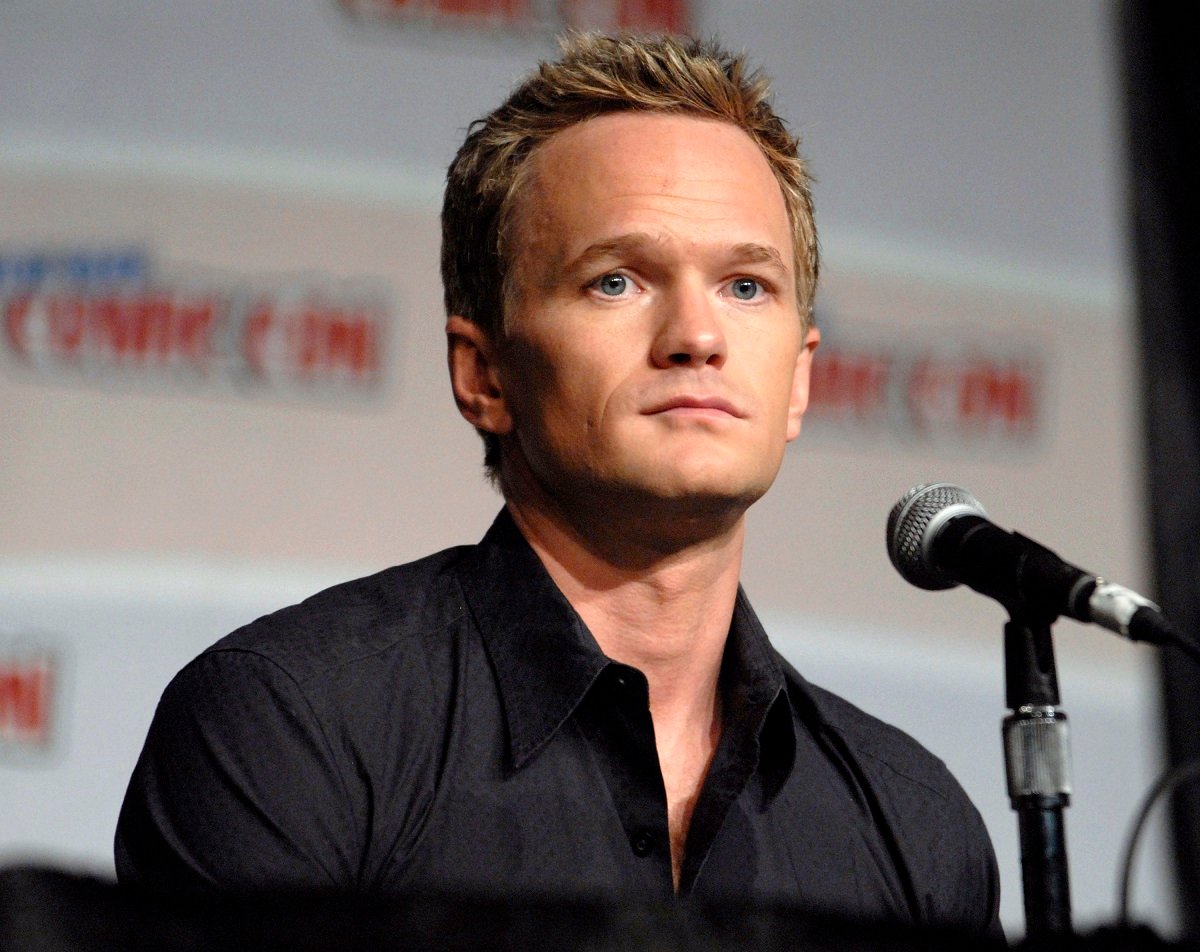
Neil Patrick Harris sat down for a GQ video to talk about his most iconic characters, which begins with his appearance in 2004’s Harold & Kumar Go to White Castle. The actor heard about the movie from a friend, and didn’t want his name used. When he first heard about the movie and his inclusion in the script, Harris was convinced it was fake. “I kinda panicked [because] I don’t want to be an ass of a joke,” he said. “Like who’s going to play me? That would be weird.”
After Harris read the script, he decided he would portray himself after all. But he required one crucial stipulation from the writers Jon Hurwitz and Hayden Schlossberg before making it official.
“My only demand was that I would sign up, and then they wouldn’t rewrite it and change it,” the actor shared. “As much as I want to take the piss out of myself, I still want to respect the work that I have done and not make it seem that I’m tossing middle fingers at my past,” he added. Everyone agreed to Harris’ request and he embarked on the weirdest role of his career at that time. “I was licking things and dry humping things, just a normal day at work,” he deadpanned.
Filming his scenes was a fresh experience for him
Playing this maniacal version of himself put Harris in positions he wasn’t used to as an actor. He does a lot of unique things in the trilogy. This includes riding on the back of a unicorn while a cop describes his wholly incorrect reading of Starship Troopers, a sequence of events that actually happens in the 2008 sequel Harold and Kumar Escape From Guantanamo Bay.
For this scene, the production team glued a fake horn to the head of a horse. While filming the scene, Harris had an existential crisis about the trajectory of his life.
“I remember being in a weird green screen studio,” Harris shared. “I’m trying to be like I was tripping on mushrooms and that was one of those ‘What happened to my life?’ [moments],” he recalled. “Like, how did I go from small-town New Mexico, singing in the Episcopal church choir to tripping balls on an actual four-legged animal in a green-screen room?”
Ultimately, the actor was proud to have another interesting job on his resume. He reprised his role once more in 2011’s A Very Harold & Kumar Christmas.
The ‘Harold & Kumar’ franchise is an overlooked landmark for stoner comedy
The Harold & Kumar franchise deserves more credit as a groundbreaking piece of comedy history. Asian characters in movies are often stereotyped as awkward nerds who don’t know how to have fun. But this trope minimizes the breadth of humanity within the community. Seeing stars John Cho and Kal Penn as goofy weed smokers showed that Asian characters could get involved in fantastical hijinks all on their own. Both men have also gone on to have interesting careers in different genres — and even, in Penn’s case, as a member of the White House during the Obama administration.
Most crucially for the results-driven movie industry, all three Harold & Kumar movies were financial success stories. According to the numbers on Box Office Mojo, the trilogy had a combined budget of $27 million and made $103 million. Harris may not be the main reason people enjoyed the films, but he certainly helped.
